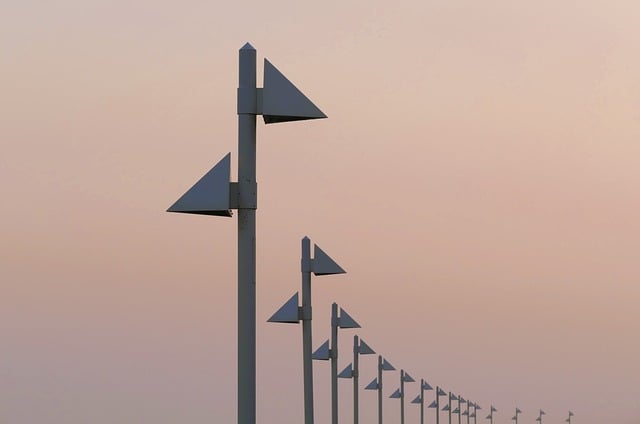Understanding Repetition in Composition
In the realm of photography, composition serves as the backbone of a compelling image. An often overlooked yet powerful element of composition is repetition. This concept not only draws the viewer’s eye but also evokes a sense of harmony and rhythm within your photographs. By leveraging repetition, photographers can create striking visuals that resonate deeply with their audience.
The Power of Repetition
At its core, repetition refers to the intentional reoccurrence of elements within your frame. Whether it’s a pattern of shapes, colors, or textures, these recurring motifs can create a captivating experience for the viewer. Imagine a row of trees standing tall against a twilight sky. Their symmetry and alignment tell a story of nature’s order and beauty. As you explore this concept, consider how each repeated element can enhance the narrative of your photograph.
Focal Points through Repetition
Repetition doesn’t just fill up your frame; it directs the viewer’s gaze. When capturing an image, look for ways to utilize similar shapes or colors that will lead the eye to your main subject. A classic example can be found in architecture photography, where lines and structures repeat, creating a framework that showcases the building’s grandeur. Here, the camera and optics work in tandem to highlight these repetitions, ensuring they stand out vividly in your composition.
Creating Depth with Layers
Utilizing repetition is also an effective method for adding depth to your photographs. By layering repeated elements both in the foreground and background, you can create a three-dimensional feel that invites viewers to explore your image further. For instance, when photographing a crowded marketplace, the repeated forms of stalls and people can add both texture and life to the scene. When viewed through your camera lens, each layer of repetition adds to the overall complexity of the composition.
Patterns and Textures
Another exciting approach to repetition in photography is through patterns and textures. Patterns naturally draw the eye due to their inherent symmetry and uniformity. Consider the lines in a field of flowers or the repetitive shapes of pebbles on a beach. These elements can evoke emotional responses and generate interest in an otherwise simple subject. With the right optics, you can create striking close-ups that accentuate the minute details of these patterns.
Repetition in Portraits
Even in portrait photography, repetition can play a crucial role. The use of similar colors in clothing or backgrounds can unify the image while also reinforcing the subject’s character. Think about a family portrait set against a backdrop of trees; if each family member wears clothing that echoes the greens and browns of the scene, it creates a harmonious composition that feels both connected and cohesive.
Experimenting and Evolving Your Style
Incorporating repetition into your photography can transform your creative approach. Experiment with different scenarios, subjects, and settings, and take note of how repetition influences the mood and message of your images. Over time, you’ll develop a unique style that resonates with you and your audience.
Remember, photography is not just about capturing a moment, but about telling a story. Allow repetition to be a tool in your artistic arsenal, guiding your viewers through a landscape of visual harmony and inviting them into the narrative you wish to convey.



